Essential oils are fragrant and beneficial extracts from various plants. The essential oils are released and extracted through distillation.
What are essential oils?

Essential oils are also called essences and are a raw material in aromatherapy and perfume making. They are the fragrant, volatile components of fragrant plants. They collect in cells or spaces between cells on certain parts of a plant. A plant produces these essential oils for its own survival.
Growth and reproduction are part of it, as well as attracting insects or repelling predators. The essences are classified as oil, but are completely different from ordinary vegetable oils. Some have the consistency of water or alcohol, others are viscous.
Because essential oils are highly volatile, they do not leave permanent stains on paper. The concentration of essential oils in plants is highest in warm weather, so this is the best time to extract them. The most common method used for this is extraction by solvent, but steam distillation is also a suitable method. With citrus fruits, the essential oils are in the peel and can therefore also be obtained by pressing.
Manufacturing
Almost any plant can be used essential oils win, mostly from the flowers, but also from the stems, roots, seeds and woody plants. There are big differences in the quality of essential oils, and great products come at a price. Caution should be exercised when handling essential oils. They should be kept locked and dark. Essential oils never belong in the hands of children as they are corrosive. In principle, improper use must be avoided.
Effect & application
Mostly come essential oils They are used in the medicine cabinet, but they are also gaining ground in the wellness area. For colds, for example, the essential oils of peppermint or eucalyptus are recommended. They have a relieving effect on the airways and loosen stuck mucus.
But peppermint and eucalyptus oils are also excellent for headaches and migraines and can be an alternative to excessive use of painkillers. Regardless of whether it is dissolved in water, as a steam bath or in special fragrance lamps, the positive effect will not be lacking.
Chamomile oil is also a helpful gift from nature and can be used both externally and internally. Chamomile oil helps internally with stomach and intestinal problems and externally with skin irritations and minor inflammations.
So-called aromatherapy has become an indispensable part of the wellness and health sectors. Soothing and brightening extracts from plants have an excellent effect on various disorders of the vegetative nervous system. Difficulty falling asleep, nervousness, restlessness and irritability can be treated in the long term with applications made from essential oils.
Many oils can be used for aromatherapy. Essential oils from bergamot and rosemary, jasmine, patchouli and rose, for example, are very often used. These oils can be used alone or as mixtures.
Essential oils also have antiseptic and bacteria-killing properties, and some also have antibiotic qualities that even work against viruses. Unlike chemical antiseptics, essential oils are harmless to the tissue, but are still powerful against germs. The essences promote natural healing by stimulating and strengthening the body's defenses.
They have practically no side effects when used correctly. There are various uses of essential oils, including internal use, absorption through the breath and absorption of the oils through the skin. Essential oils are also used in body care and cosmetics or as perfumes. Essential oils are also known for pest control, for example lavender bags in the wardrobe against moths, or citronella candles against mosquitoes.
Vaporizing essential oils in an aroma lamp is also a popular way to use them. Pure essential oils are available in small vials from 1ml up to 10ml and are available in pharmacies. It is important to ensure that the oils are 100% natural, because only then can the essential oils develop their full effect.
Importance to health
The sole or accompanying effect of essential oils on the well-being of both healthy and sick people has now also been scientifically proven. Even in the treatment of cancer patients, people now rely on the healing powers of aromas. Accompanying aromatherapy has proven to be very helpful, especially during and after chemotherapy.
Even conventional medicine is no longer closed to the positive effects that can be achieved with the oils. Nausea and loss of appetite can be alleviated, but depression or anxiety can also be treated without side effects.
Many women suffer from premenstrual syndrome month after month and immediately afterwards from menstrual pain and depressive moods. In these cases, too, and especially, aromatherapy has proven its worth. In the following climacteric, many women also suffer from hormonal fluctuations and their effects. Women who have decided against hormone treatments will find an alternative in the essential oils.
The elderly and bedridden people can also be helped with aromatherapy. These people often have little quality of life or are even completely confined to bed. In addition to all other efforts to make their lives more bearable, these scent therapies can have an enormous effect.
The essential oils are even used in baby care, in strict compliance with the instructions for use. There are special preparations for colds or sleep disorders, for example. Basically, and not only when treating babies and children, the doctor should be consulted before treatment.
The essential oils can be used for many applications. Here are some suggestions:
For internal use in case of fever or flu: Add 2g eucalyptus, 2g chamomile, 1g lemon to 95g alcohol and add 20 to 30 drops of it to a glass of warm water three times a day before meals and drink.
Eucalyptus oil helps with colds, cajeput oil with colds and hyssop oil with coughs. To do this, put hot water and about 10 drops of the respective oil in a bowl and inhale the vapors. Or fill the bowl of an aroma lamp with water and add 10 drops of essential oil.
For headaches, five drops of rosemary and five drops of lemon can be put into the bowl of the aroma lamp.
For external use for absorption through the skin, 80% almond oil, 10% jojoba oil, 7% wheat germ oil and 3% essential oil must be mixed as a base. This can be used to make an invigorating body oil using 20 drops of rosemary, 20 drops of bergamot and 20 drops of lemon.
The effect of the essential oils is particularly great when the body oil is used for massage.

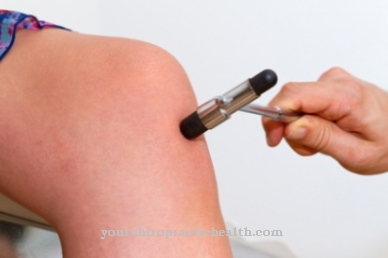
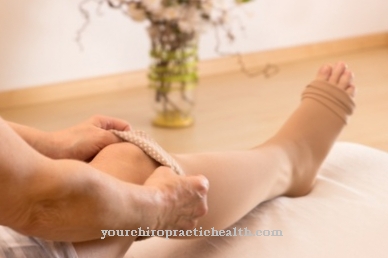
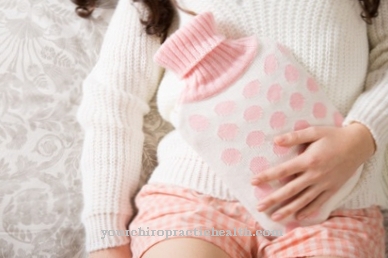
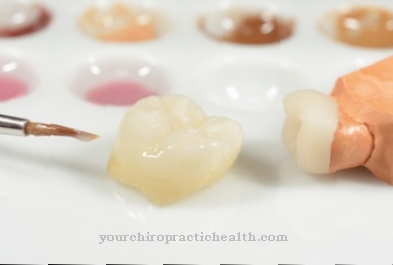
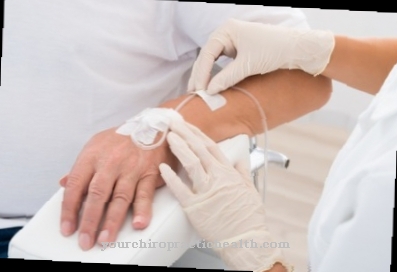



















.jpg)


